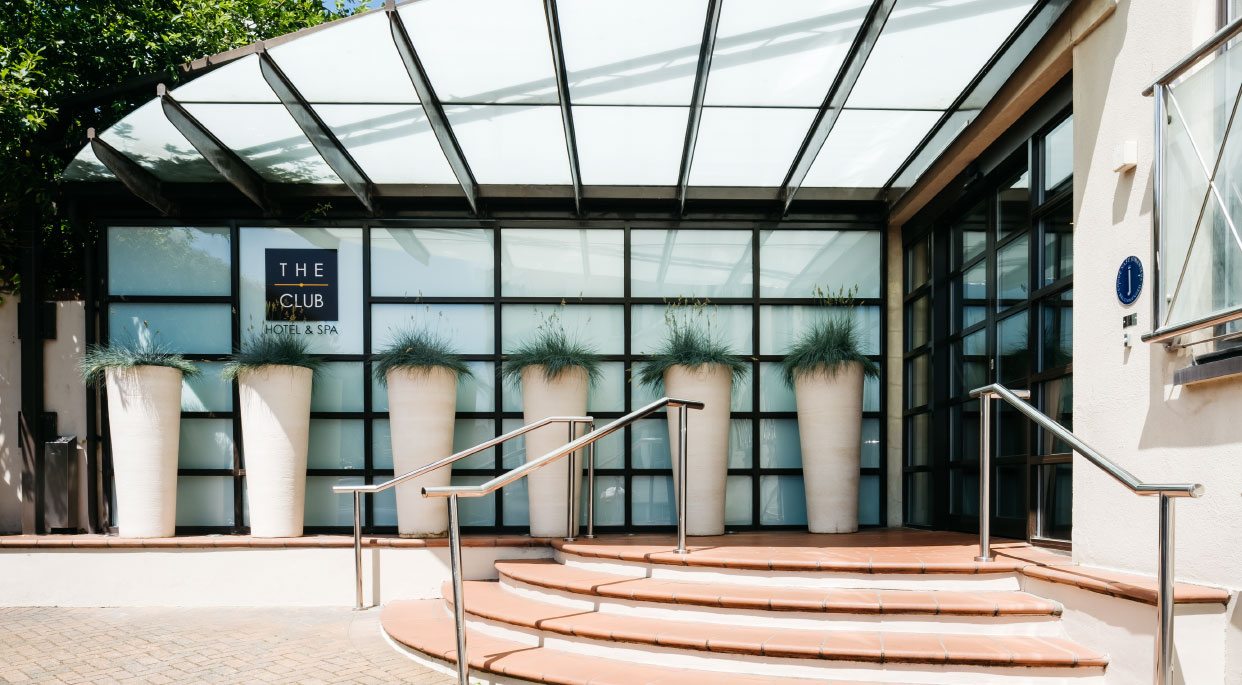What is it about Sri Lanka?
Footage emerges which appears to show that Sri Lankan soldiers summarily executed a 12-year-old boy then filmed his corpse as a trophy.
A cabinet minister threatens to “break the limbs” of journalists and human rights activists, and claims responsibility for the savage beating of a journalist who fled the country in 2009.
And yet the tourists keep on flocking to Sri Lanka’s beaches. The England cricket team is back in town, ready to play another series. There’s the odd protest by Sri Lankan Tamils, a vote of censure at the UN, but nothing seems to stick.
This is an island where, according to a UN investigation, 40,000 civilians were killed in a few months at the end of the civil war. That’s more than have died in the Syrian uprising. It’s more than have died in the entire 64 years of the Israel–Palestinian conflict since 1948.
An island where government forces shelled no fire zones and denied the civilians trapped in them food and medicine. Where, after the war, thousands of civilians were kept in detention camps for months. Women and children were told they could go but, without men to protect them, most declined.
If this sort of thing was happening in a European country there’d be uproar. Bono would be telephoning Sri Lankans from the stage and there’d be demands to send our military in. If it was happening in the Middle East there’d be international sanctions, people would be demanding to know why we couldn’t bomb the regime from power.
But it’s Sri Lanka. What the hell? The weather’s great, the beaches are beautiful and unspoilt. You can eat fresh fish in the old town of Galle, and watch the moon reflected on the Indian Ocean. Never mind what’s going on behind the palm trees.
It always used to amaze me, when I travelled to Sri Lanka. I’d be there to report on the assassination of a government minister, or to travel to the front line in the days when you still could, past nervous government soldiers who were setting fire to the jungle to clear anything the Tamil Tigers could use as cover. And on my way back I’d pass all the tourists arriving at the airport, clutching their cameras and guidebooks — all blisfully unaware, it seemed, of what was going on in the place they had arrived.
Yes, the Sri Lankan government is democratically elected. And yes, the Tamil Tigers, against whom the civil war was fought, were savage and murderous.They killed plenty of civilians. They were the original suicide bombers, long before Osama bin Laden declared his jihad.
But none of that changes what the Sri Lankan government has done.
When Robert Mugabe started confiscating land from white farmers, the England cricket team refused to go to Zimbabwe. Yet there they are in Sri Lanka, where 40,000 civilians died, all smiles and ready to play. Is it because the Zimbabwean farmers were white?
Why don’t we care about the Sri Lankans?



Leave a Reply